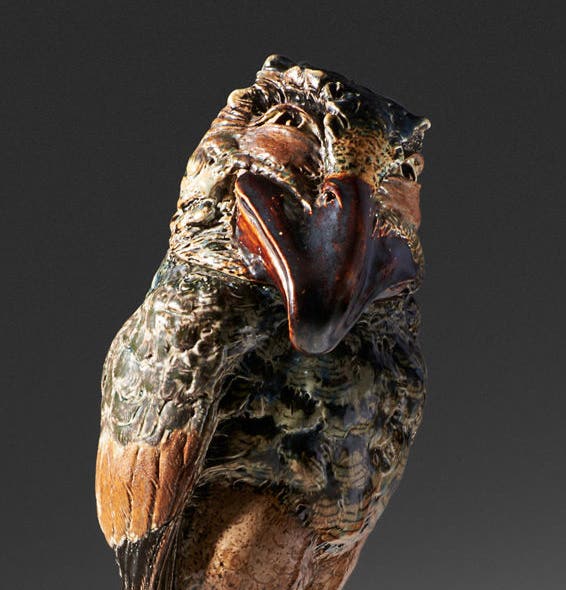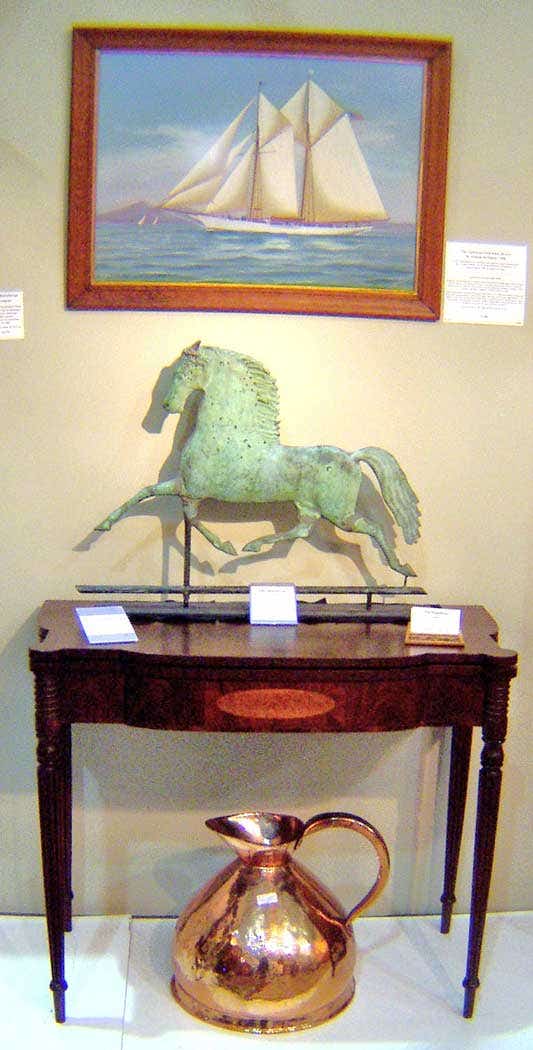Understanding tax laws may aid in protecting heirs of art collectors
As much as collecting is about preserving and celebrating the past, when it comes to planning for the future of a collection, like an art collection, when it is passed on to heirs, understanding various elements of tax laws is imperative, explains Kevin Yardumian, vice president of Gumbiner Savett.
Special Contributed Article by Kevin Yardumian, CPA, CFE, Vice President of Gumbiner Savett
With proper planning, collectors can enhance the financial benefits of their art collection. Serious art collectors should be aware of the numerous tax issues related to the ownership and transfer of art and collectibles. Following is a discussion of some of the more relevant tax issues and related tax planning strategies:
Estate and gift tax concerns
Because art can be among the most highly appreciating assets in a collector’s estate, collectors who wish to minimize their gift and estate tax liabilities should consider developing and executing a lifetime gifting strategy. One effective strategy is to use the $14,000 annual exemption in conjunction with valuation discounts by gifting fractional interests in art.
For example, if a husband and wife have two children, they may gift a total of $56,000 each year in cash or property to their children without any gift tax implications (each parent gifts each child $14,000). When gifting fractional interests in property, discounts for lack of control of the property and lack of marketability of the partial interest can be taken. Assuming a 30 percent total valuation discount, the husband and wife in this example could gift fractional interests in art with a pre-discounted value of $80,000 a year without gift tax implications. Not only does this remove gifted art from the parents’ estate tax free, it also removes future appreciation of the art from their estate.
Currently, an individual could make $5,450,000 in total gifts during his or her lifetime without paying gift tax. Any lifetime gifts exceeding this total would be taxed at 40 percent.
It is also important for wealthy collectors to consider the financial and tax ramifications of holding a significant art collection with the hope of passing it on largely intact to their heirs. A large estate that does not have enough liquid assets to sufficiently pay its estate taxes might put the heirs in the position of having to sell valuable works of art on short notice for a fraction of their value.
Reducing taxes related to unreported transfers
Collectors may find themselves in possession of art that was transferred to them from a previous generation without being disclosed properly on the appropriate gift or estate tax returns. Here is a typical scenario: John Smith purchased a painting several decades ago. When John died, his son simply took the painting off the wall and put it in his home. The painting was worth $100,000 when John died. Since John had a large estate, this painting would have been subject to estate tax. The transfer was not reported either because the son wasn’t aware of the reporting requirement or because he felt the transfer would go unnoticed by the taxing authorities (For example: It would pass “below the radar screen”). Several years after John’s death, the son would like to sell the painting which is now valued at more than a million dollars.
A sale of that magnitude to an unrelated party would no longer fall “below the radar screen”. The sale would almost certainly be reported to the IRS, which would most likely scrutinize the transaction. If the IRS were to find the son acquired the property by inheritance from his father and the father’s estate should have paid estate tax on this painting, the unpaid estate tax would have to be paid by the son, along with interest and substantial penalties. No matter how many years passed between John’s death and the sale by the son, if the omission is determined to be due to fraud (intentional omission), the statute of limitations would not have run out since there is no statute of limitations with respect to fraud.
Depending on the specific circumstances, there are various strategies a collector may utilize to help mitigate their tax exposure in this situation.
Charitable contributions
Some popular strategies for charitable giving include:
• Outright donation to a qualified charity – Collectors who are not dealers can receive a tax deduction equal to the fair market value of art donated to a qualified charity. In addition, the excess of the fair market value of the art over its cost to the collector does not have to be reported as income by the collector when the art is donated.
If a collector donates art with a fair market value which is significantly higher than his or her cost, the decrease in income tax resulting from the tax deduction for the donation may be greater than the amount of net cash realized from selling the art, after deducting selling expenses and income tax on the gain recognized. In this instance, it is more profitable for the collector to donate the art than to sell it.
This is also a good strategy for collectors who have incomplete records of the cost basis of art since the deduction is based on the fair value of the art and the cost basis becomes irrelevant.
• Donation of an undivided portion of an interest – A popular way of executing this type of strategy is for a collector to donate to a museum the right to take possession of a work of art for a specified period each year. This works particularly well for a collector who spends a certain part of each year away from a residence which houses art. For example, a collector who spends winters in Florida and lives in New York the rest of the year could donate to a museum the right to take possession of a work of art from his New York residence during the winter. This commitment to the museum must be permanent. The collector would benefit from the arrangement as follows:
• The collector establishes goodwill and philanthropic capital with the museum and within the community.
• The collector retains the art during the period he lives in hi New York residence.
• The collector receives an income tax deduction in the initial year of the donation equal to the fair market value of the art multiplied by the percentage of the year the art is given to the museum.
• The collector doesn’t have to worry about the maintenance of the art during his time away from the New York residence.
There are strict requirements that need to be met in order for a donation of an undivided portion of an interest in a work of art to be held valid under Federal law. Collectors should consult with a tax professional experienced in this area when entering into this type of arrangement.
This article has addressed only a few of the relevant tax issues and related tax planning strategies collectors should consider in developing a tax and financial plan for their collections. Collectors should work closely with an experienced financial and tax advisor to develop a plan that meets all of their needs.








